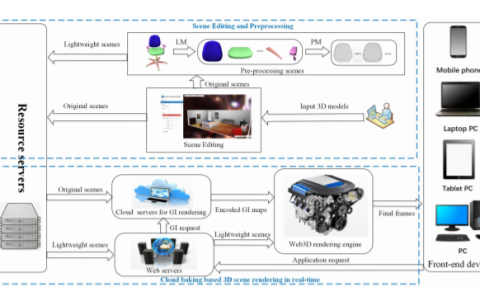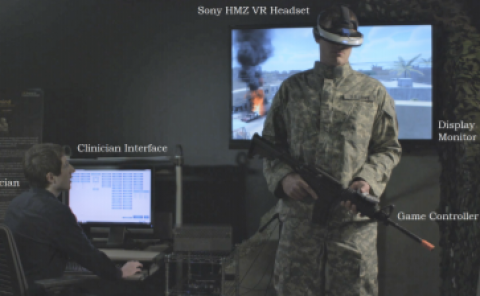Let’s feel warmth with VR sensing modeling
PubDate: Aug 2020
Teams: Sungkyul Univ
Writers: Dongmin Moon, Seongah Chin
PDF: Let’s feel warmth with VR sensing modeling

Abstract
Motion sickness or dizziness caused by visual and other sensory inconsistencies In virtual reality content seems to be a major problem. To solve the problem, research has been actively underway to satisfy the five senses. Among them, the most researches on the touch are many studies on hardness and texture, but the studies on temperature seem relatively small. Therefore, in this paper, we present a calculation model that can sense the temperature derived from the principle of heat energy moving from high temperature to low temperature, not the temperature of the material. Because heat energy is determined by the heat conductivity, temperature, and area of contact, which are the inherent characteristics of a material, the degree of heat felt by a person depends on the type of material, the temperature of the material and the area of contact with the object. The thermal energy shift per unit time of the material was calculated using the thermal conductivity law and the specific heat formula, and the thermal energy reproduction method that changes per unit time of the material was studied using the thermoelectric element.



